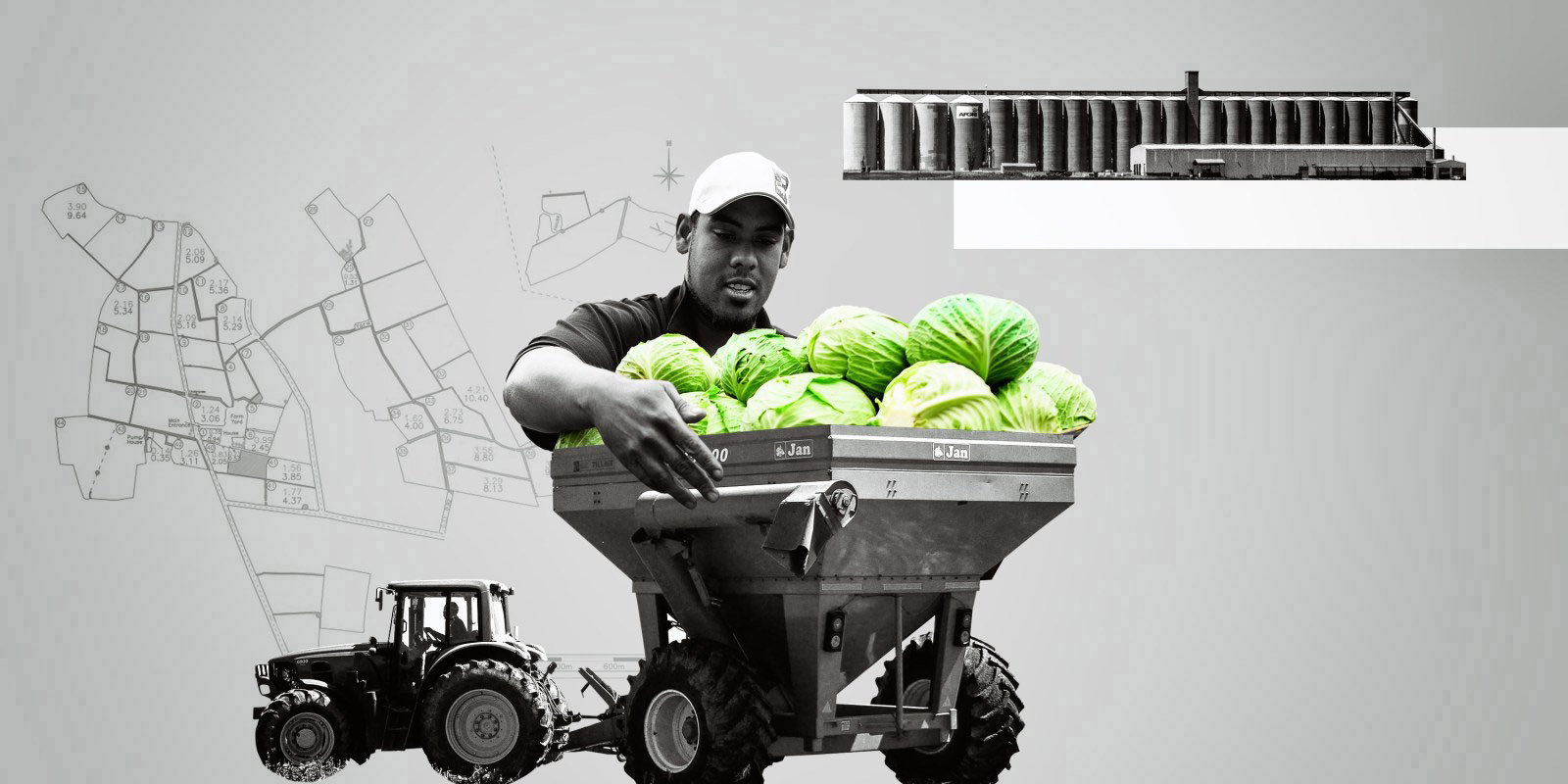South Africa’s sluggish economy barely grew in the first quarter (Q1) of this year, expanding a pathetic 0.1% from Q4 of 2024, according to data released on Tuesday by Statistics South Africa (Stats SA).
This “growth” – at a pace that a snail could slither past – would have been a contraction of 0.3% were it not for a stellar performance by the agricultural sector, which grew its production by a hefty 15.8% in the first three months of the year.
Following gross domestic product (GDP) growth of just 0.4% in Q4 of 2024 – revised down from an initial estimate of 0.6% – the data underscores the woeful state of South Africa’s economy, which simply cannot seem to expand at a rate that exceeds population growth and creates jobs. Against this backdrop, it’s no surprise that South Africa’s unemployment rate rose one percentage point in Q1 to 32.9%.
Worryingly, only four of the 10 industries on the production side of the economy posted growth, led by agriculture, a sector that is also extremely volatile.
Agriculture biggest growth driver
 (Source: StatsSA)
(Source: StatsSA)
South Africa’s descent into deindustrialisation was writ large in the data, with the manufacturing and mining sectors the biggest drags on the read, declining 2.0% and 4.1% respectively.
Consumer spending perked up – helped by lower interest rates, slowing inflation and early pension drawdowns under the two-pot reforms – but it hardly shot the lights out.
“Consumer activity was stronger, with trade, catering & accommodation expanding by 0.5%. Retail trade, motor trade, accommodation and food & beverages contributed positively,” Stats SA said.
Changes in GDP contributions
 (Source: StatsSA)
(Source: StatsSA)
Gross fixed capital expenditure – a key measure of investment – maintained its downward trajectory, falling 1.7%. And without investment growth, the economy will remain stuck in a rut.
“Consumer demand likely received a small boost from lower rates, higher disposable incomes given still-low inflation and pension reform. But none of this is sufficient to offset the soft outlook still painted by dismal investment. From this data alone, there is no clear indication that it might be reasonable to expect more robust growth going forward,” said Razia Khan, Chief Economist Africa at Standard Chartered Bank in London.
Indeed, the outlook for Q2 is already troubling.
What this means
South Africa cannot attract investment, create jobs and reduce poverty without significantly faster rates of economic growth. Many of the country’s crippling social ills, including rampant crime, are at least partly a reflection of this woeful pace of growth. This deprives the government of revenue, forcing it to borrow more, raising its debt-servicing costs – leaving it with less to spend on things such as education, welfare and health – in a vicious cycle that shows no sign of ending soon.
The Absa Purchasing Managers’ Index (PMI) fell 1.6 points in May to 43.1 – pointedly, its lowest level since the Covid-19 pandemic. This marked the seventh consecutive month that the PMI was in contractionary territory below the neutral 50 mark and bodes ill for the sector’s performance this quarter.
The return of the rolling power cuts, popularly known as “load shedding”, after a 310-day pause in Q1 did not help matters, but the economy has been trapped in slow-growth mode for years.
There are a range of reasons for this depressing state of affairs, which continues to fuel the terrible trifecta of poverty, unemployment and inequality.
Policy uncertainty continues to deter investment, along with mounting concerns about reliable water supplies and a crumbling road, rail and port network. Transnet is showing promising signs of a management turnaround, but it still has a mountain to climb.
A high tax burden with little to show for it hardly inspires confidence. Sky-high levels of violent crime and the security costs that go with that are constraints to growth, while South Africa’s failing public schools add up to a chronic skills shortage.
And amid these domestic challenges and many more, the outlook for the global economy has been souring, not least because of US President Donald Trump’s bewildering tariff “policies” that top the ANC and the GNU in the League of Uncertainty.
One thing that is as certain as the changing seasons is that as the year progresses, forecasts for South African economic growth in 2025 – which are mostly around 1.2% – will be further downgraded, which in turn will blow out of the water many of the revenue and debt projections in Budget 3.0.
The three things that are likely to outpace a snail are growth in poverty, unemployment and inequality. DM




 (Source: Stats SA)
(Source: Stats SA) 